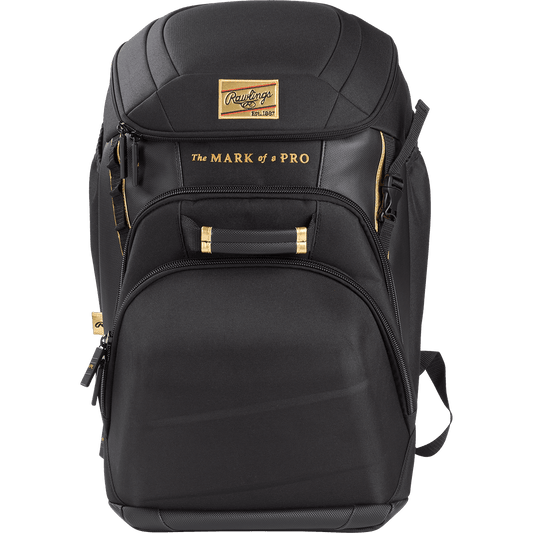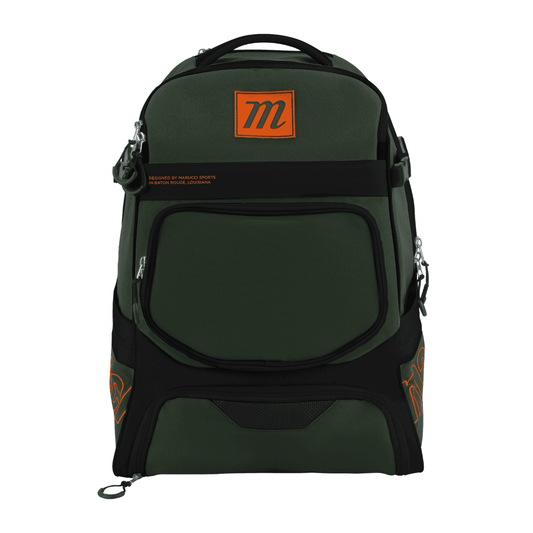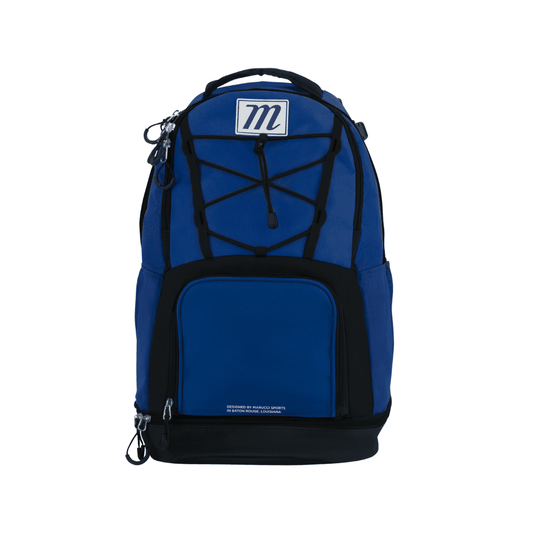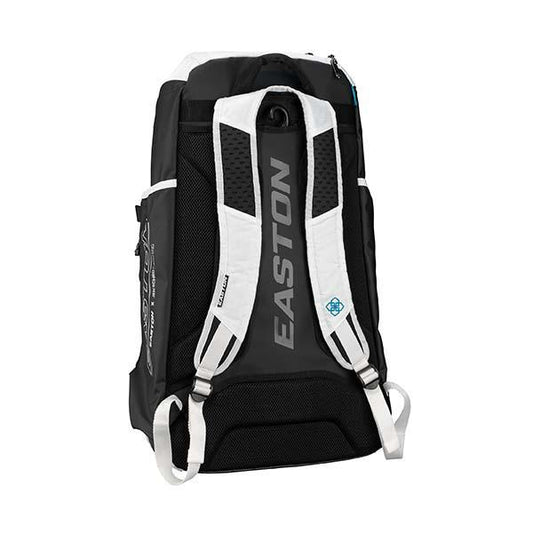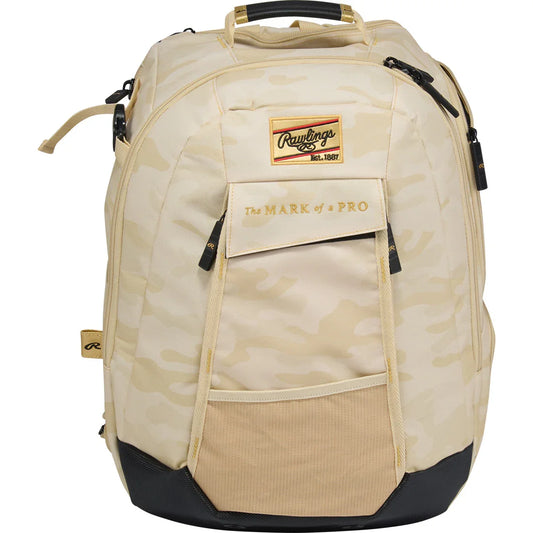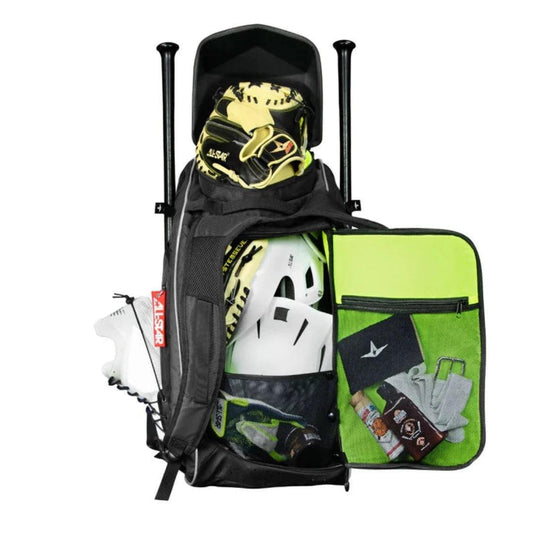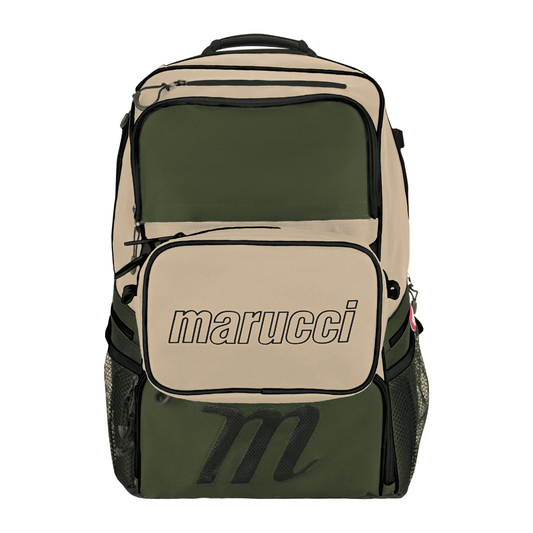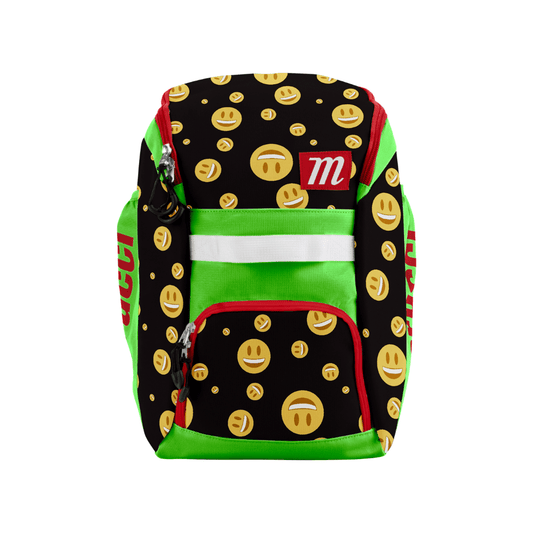Welcome back fellow Headbangers to another exciting write-up! For today we will be discussing something a little more technical that we've had a fair amount of questioning behind. We want to discuss what the ‘Sweet Spot’ of a bat is, how to locate this “zone” on your particular bat and how it functions in a scientific manner. Just for clarity on this topic, this discussion will apply to all segments of the diamond sports, Baseball, Fastpitch Softball as well as Slowpitch Softball. The only differences in this will be the material the bat is made of, whether it's a composite, wood or alloy material.
What exactly is “the Sweet Spot” of a Bat?
So what EXACTLY is the “sweet spot” of a bat? Simply put, the sweet spot of a bat is a particular region on a bat that when it makes contact with a ball, the maximum amount of energy transfer occurs as well as minimal vibrations throughout the bat. This area, the sweet spot, will give the hitter a feeling of solid connection, no stinging or vibration and just smooth power transfer into the ball. Its a feeling that any ball player tries to chase when at bat.
In terms of Physics and a more scientific approach, the sweet spot is also known as the “Center of Percussion” or COP for short. The COP is a point where the vibrations of the bat caused from making contact with a hard surface (like a baseball) harmonize, resulting in the least amount of vibration thus providing the most energy transfer. This in turn provides the maximum batted ball speed or BBS for short. That vibration you feel on mishits is actually a loss of energy due to where the contact was made relative to the bat. Because the vibrations from that hit don’t “harmonize” in that location on the bat where you made contact, that gives you the vibrational feedback you get on mishits and obviously produces less impressive hits because there’s less energy being transferred. There’s a very in depth scientific breakdown that Daniel A. Russell, a PHD Graduate from the Pennsylvania State University, has researched which can be found here: “The Sweet Spot of a Hollow Baseball or Softball Bat”. In his study, he states that in wood and Alloy bats, the sweet spot “width” is relatively the same. Refer to the image below where Orange is a common Wood bat and M2 is a double walled alloy barrel.

Now, this is not saying both wood bats and alloy bats perform the same, they DEFINITELY DO NOT! However, this is stating that the length of the sweet spot is relatively the same. On average, for Wood and Alloy bats, the sweet spot is approximately 4-7 inches from the end of the barrel. You'll see a slightly larger sweet spot with composite bats which is due to many factors outside of the material used.
Alongside that, with composite material, you will see on average the highest BBS shown in the graph below where:
Red= a single walled bat like a wood bat
Blue= a high performing double walled bat like most Alloy bats on the market
Black= a high performing composite bat

How can I find my Sweet Spot at home?
One of the BEST ways to test this ‘sweet spot’ window at home (without doing any complex mathematics) is by taking your bat, holding it with one hand where your TOP hand would normally grip the bat, get a baseball and start tapping from the endcap slowly moving towards the handle. As you progressively move up while repeatedly tapping, you'll notice the vibrations you feel in the hand holding the bat will become less and less until there's almost no vibration at all. Where you get minimal to no vibration is your sweet spot!
On most bats, there should be a few inches of no vibration, That’s where you want to hit the ball. As stated above, vibrational feedback from the impact of an object is the energy loss you’re feeling. The less vibration, the better energy transfer you will have which in turn, gives you the highest exit velocities.
Find where there’s minimal to no vibration and thats where your sweet spot is. This can be visualized in the image below as Node 1 and Node 2 representing the starting and stopping point of your sweet spot. The ‘pivoted bat’ point is where your top hand is holding the bat.

Slowpitch bats will have a larger sweet spot on average due to the lengthier barrel. A good rule of thumb when comparing bats, particularly for Slowpitch softball, is that there is a DIRECT correlation to the length of the barrel and the “sweet spot window”. For example, a 12” barrel Slowpitch bat will have a sweet spot that's from 5 inches to 7 inches from the end cap, whereas a Slowpitch bat that is a 14” barrel will have a sweet spot window from 4.5 inches to 8.5 inches from the endcap. That 2 inch difference in the sweet spot size is a game changer. Now, that's not to say everyone playing Slowpitch should swing a 14 inch barrel, there’s so many other variables that go into finding a Slowpitch bat that works best for you, but that is for another discussion. Speaking strictly on sweet spot size however, yes a 14 inch barrel will provide a larger sweet spot than a shorter barrel length such as a 12” barrel. This logic is applied across all diamond sports however you see this the most in Slowpitch Softball.
Let's Sum this Up
There is alot to take in on this write-up, so let’s sum everything up shall we? Essentially the sweet spot is where there's no vibrational feedback from making contact with an object. Vibrational feedback, such as the stinging you get in your hands is that loss of energy from mishits. When you hit a ball and there’s no vibrational feedback, that’s the sweet spot and that area of contact provides the maximum energy transfer to the ball resulting in the highest Batted-Ball Speeds (BBS).
The best way to find your sweet spot at home is to hold the bat where your TOP hand would be and tap the bat with a ball starting at the endcap moving towards the handle. Where you feel minimal to no vibrations is where your sweet spot is, this on average is approximately 5-7 inches from the endcap (this will vary slightly depending on barrel material as well as which particular sport you are in.)
If you have any questions, comments or concerns feel free to leave a comment below and as always, stop by Headbangersports.com for all your diamond sports needs!















